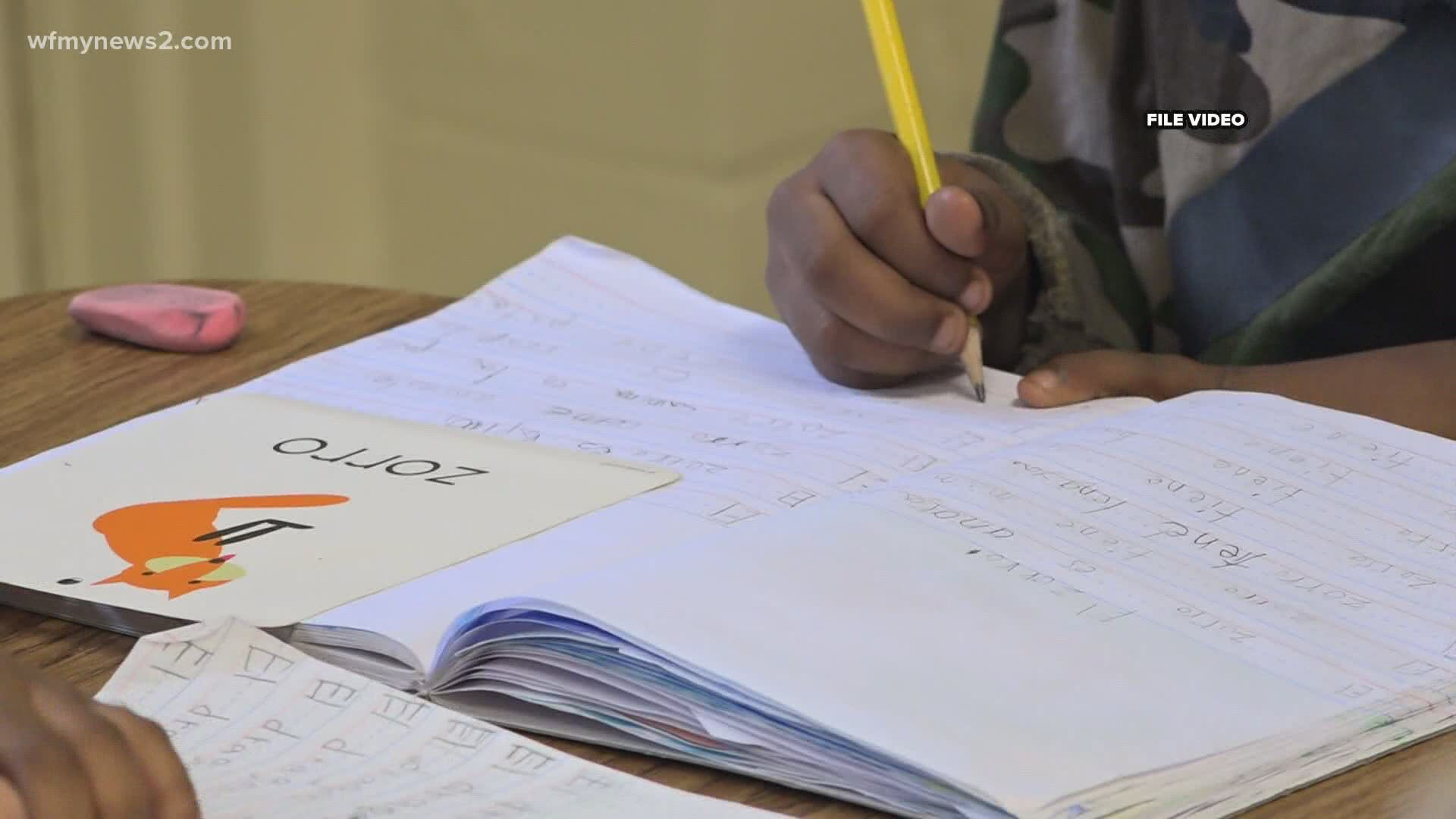The American Academy of Pediatrics is pushing for students to be physically present in the classroom despite the coronavirus pandemic.
The AAP is an organization with 67,000 pediatricians committed to the health of all children. The group says the academic, mental, and physical benefits of in-person learning outweigh the risks from the coronavirus.
"Younger children do not get as bad of symptoms, said Dr. Brian Sumner with the Carolina Pediatrics of the Triad. "They do not seem to spread it as much. So far, it seems to be reassuring in that way, it's a lot different than the flu spreading in schools, from what we've seen so far."
But, some parents are still grappling with sending their child back to school or looking for learning alternatives. In North Carolina, school districts statewide will use "Plan B" at the start of the school year. It calls for moderate social distancing, 50-percent occupancy in school buildings, and a mix of in-person and remote learning.
According to the CDC, children do not appear to be at higher risk for COVID-19 than adults. Even though some children and infants have been sick with the virus, health experts say, adults make up most of the known cases to date.
"The more health issues a child has or a family has, I think the more you need to think it through further, especially children who might have an immune system problem," said Dr. Sumner. "Children who are fighting cancer or children who have beaten cancer and other high-risk conditions may need to have remote learning from home, at least through the fall."
The big question is "Should you send your child back to school during the coronavirus pandemic?" Only you can make the tough decision. But, health experts say, children should go back to school for the upcoming academic year under strict health and safety guidelines.
The AAP is offering the following key principles for school re-entry:
- School policies must be flexible and nimble in responding to new information, and administrators must be willing to refine approaches when specific policies are not working.
- It is critically important to develop strategies that can be revised and adapted depending on the level of viral transmission in the school and throughout the community and done with close communication with state and/or local public health authorities and recognizing the differences between school districts, including urban, suburban, and rural districts.
- Policies should be practical, feasible, and appropriate for child and adolescent's developmental stage.
- Special considerations and accommodations to account for the diversity of youth should be made, especially for our vulnerable populations, including those who are medically fragile, live in poverty, have developmental challenges, or have special health care needs or disabilities, with the goal of safe return to school.
- No child or adolescents should be excluded from school unless required in order to adhere to local public health mandates or because of unique medical needs. Pediatricians, families, and schools should partner together to collaboratively identify and develop accommodations, when needed.
- School policies should be guided by supporting the overall health and well-being of all children, adolescents, their families, and their communities. These policies should be consistently communicated in languages other than English, if needed, based on the languages spoken in the community, to avoid marginalization of parents/guardians who are of limited English proficiency or do not speak English at all.

